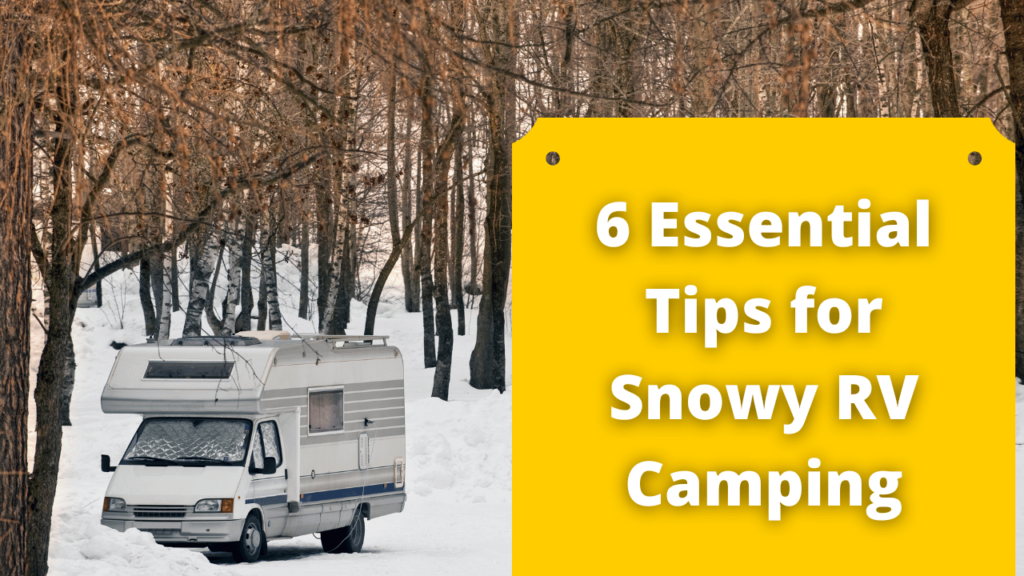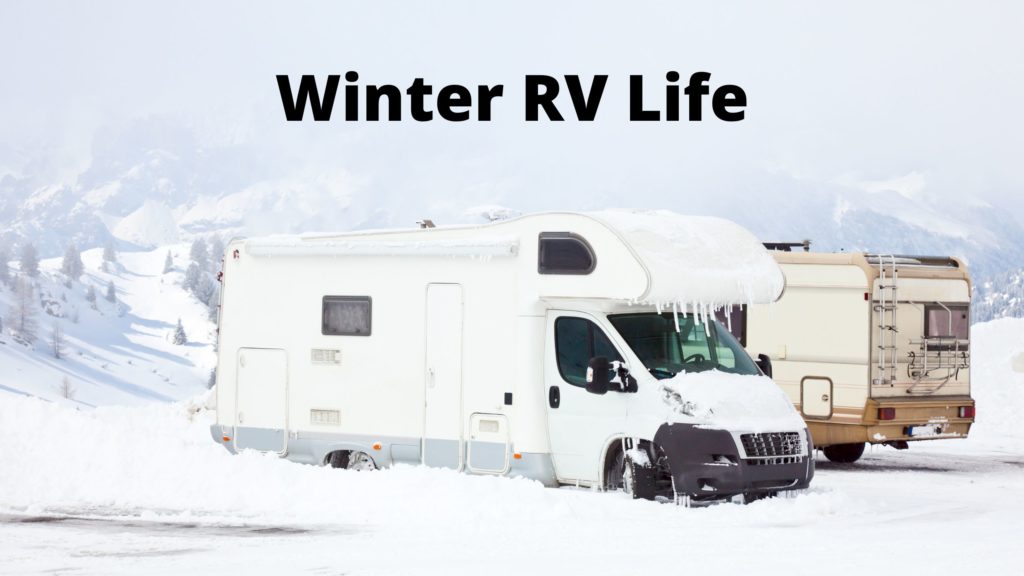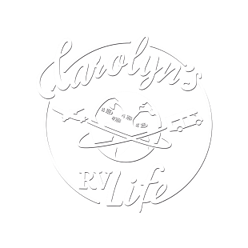The Best Tips to Enjoy RV Camping in the Snow

RV Living Tips Posted by RV Camping in the Snow Carolyn Higgins on January 22, 2024 6 Essential Tips for RV Winter Wonderland on Wheels If you love pristine nature and few people, embarking on an RV adventure during the winter months can be a magical experience. However, it requires some extra preparation, especially for […]
The Best States to Survive Winter in an RV

Places, RV Living Tips My Best States for Winter RV Life Posted by Carolyn Higgins on October 18, 2022 Fall is in the air, and winter is around the corner. For those of us who live in Residential Vehicles, cars, or vans, this time of year means we either winterize or move to warmer weather. […]
Freezing Weather RV Living

In this blog, I share simple and affordable tips on how you can winterize your RV for winter nights and stay warm while it is freezing outside.


